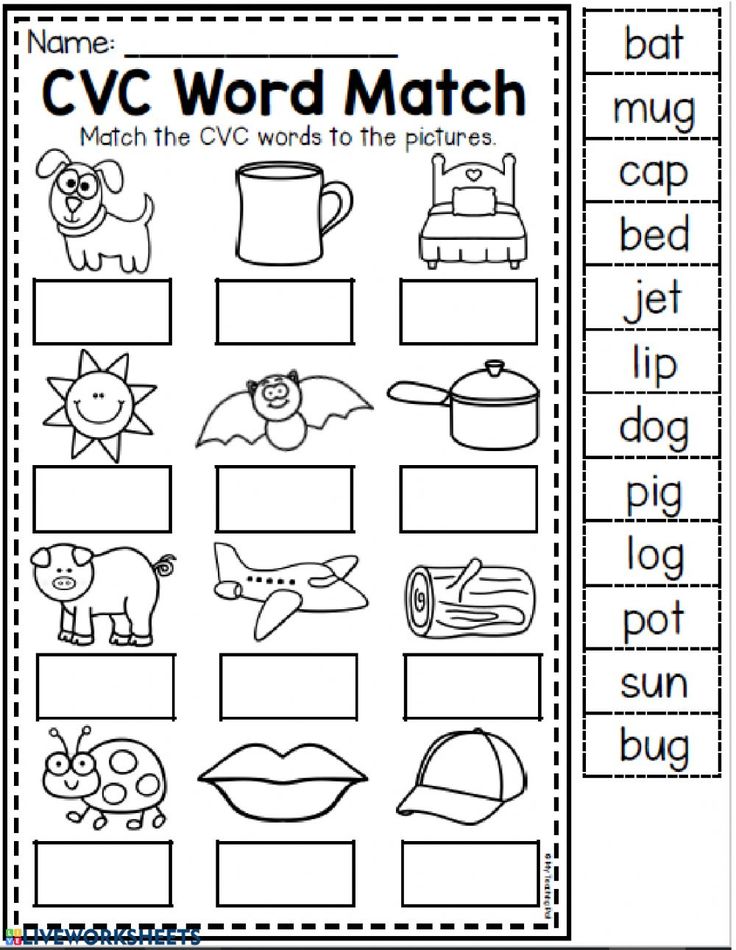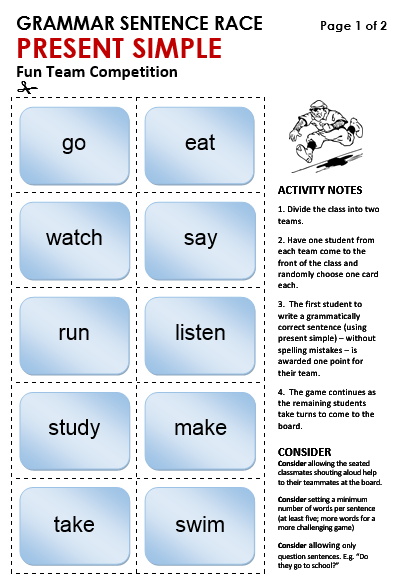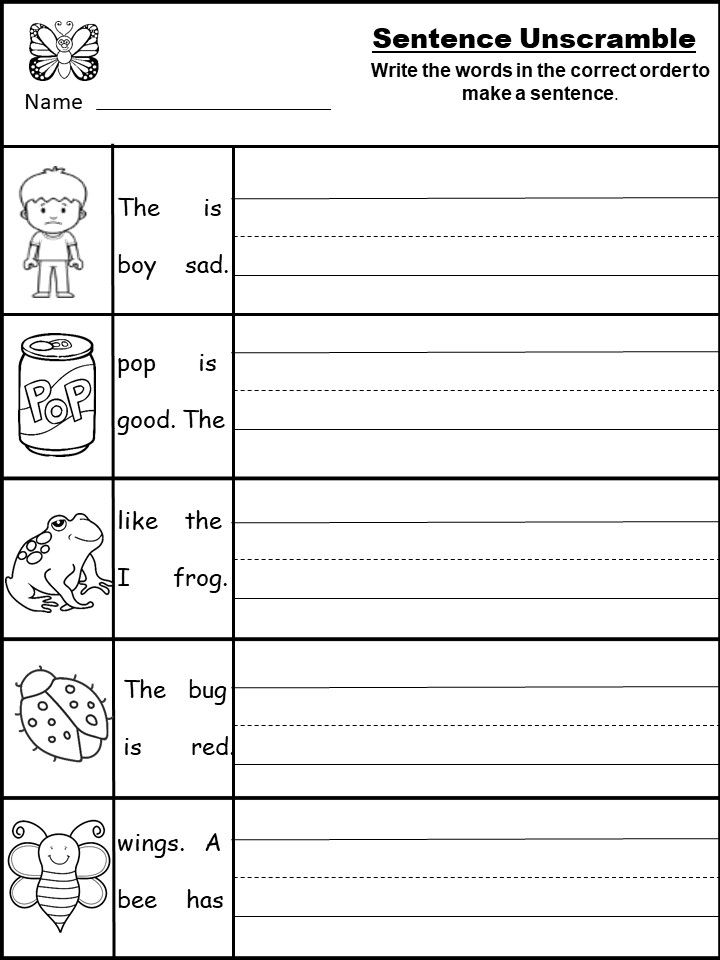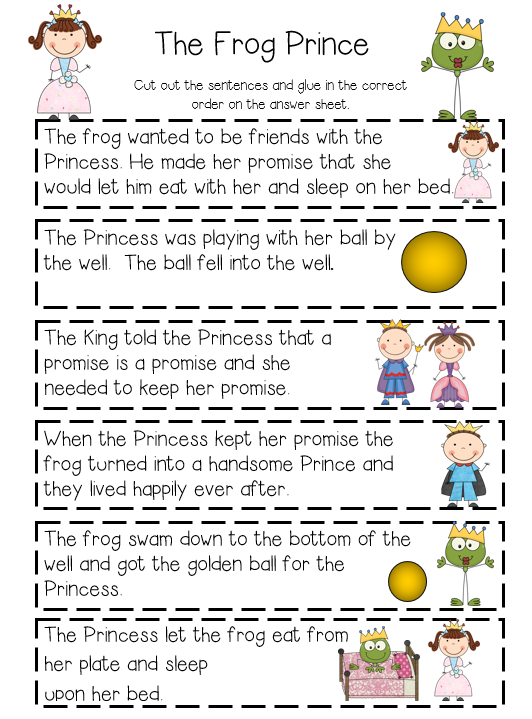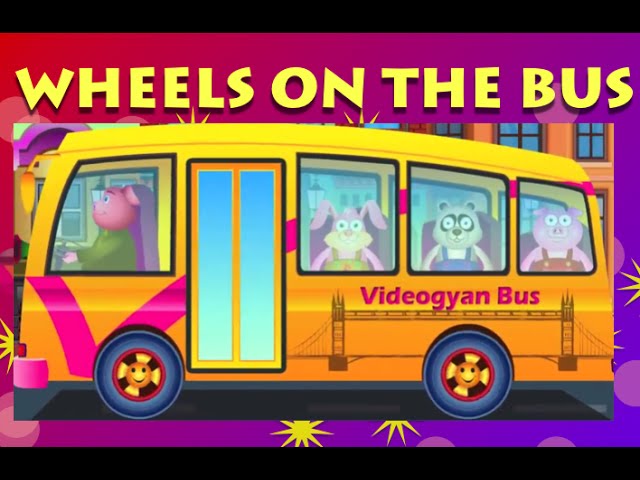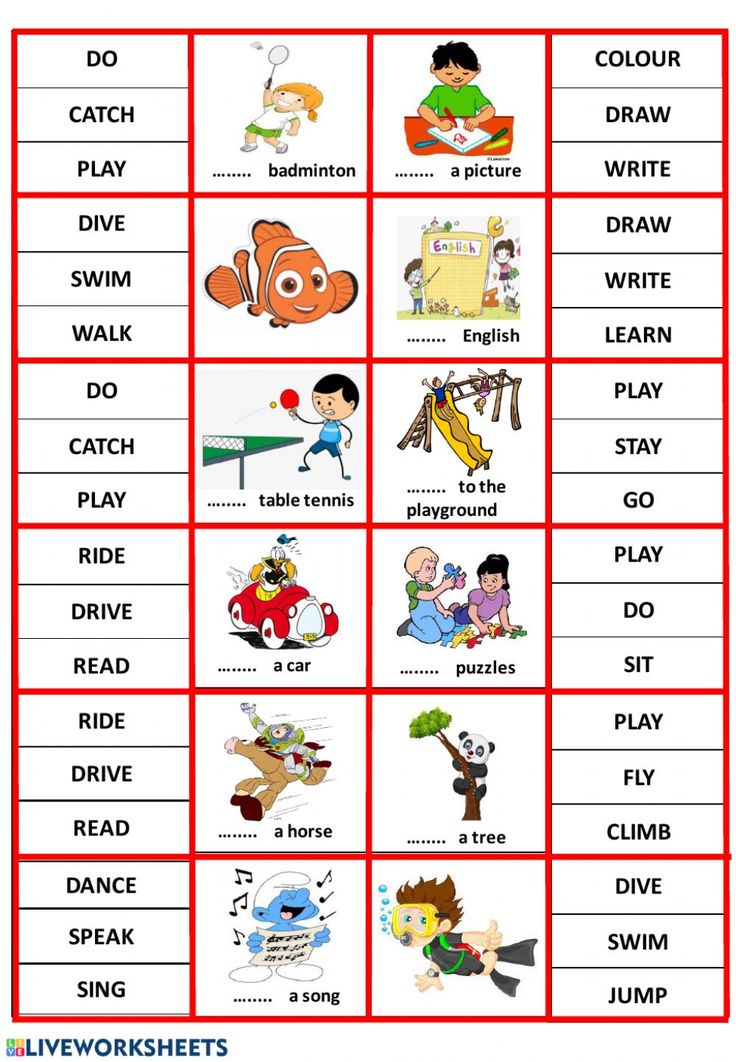Vowel activities for preschoolers
6 Ways to Make Vowels Fun
Using Pinterest and some of the things that I’ve used in the classroom, here is a short and entertaining list of how to make vowels fun while teaching in the classroom!
Making Vowels Fun by Having Them Work as a Team
(Source: Fun in First)Jodi’s blog post about a quick and easy five-minute game is perfect for teaching the medial sound. Put a Post-it on a kiddo’s back. Then the other students have to give words that have the medial sound in it. The student with the Post-it on their back has to guess the vowel that they have. They can do long or short vowel versions.
Making Vowels Fun with Games
(Source: Coffee Cups and Crayons)This vowel sound game involves play with learning. Student one hides the marble under one of the cups. Student two must guess which cup it is under after given clues about which cup it is hidden under. Additionally, student one could give the sound it makes OR words that have the medial sound.
This would also be fun to differentiate between short and long vowels, such as having a short “A” cup and a long “A” cup.
Make It Interactive
My students went nuts over their phonics interactive notebooks. After they got the hang of how to do each page, I would put it in a daily center, and they would take their interactive binders to that center with them and complete the page for the day on their own.
Click HERE to buy the Interactive Phonics Set (also with worksheets).
Make it Techy
When I taught K, I had the “More Starfall” paid version of the site. We followed the Starfall curriculum, which was absolutely amazing. This portion of the site, though, is FREE! There are two interactive games for each vowel sound, then a short reader for each vowel sound.
Make Them Apply It
(Source: Vowel Books TPT)
These differentiated leveled readers are great for students to apply the vowel sounds within words. There are three levels of reading for each vowel sound.
Each book also comes with differentiated comprehension questions AND a word list that asks students to find all the vowel words from their story, then come up with a list of their own words.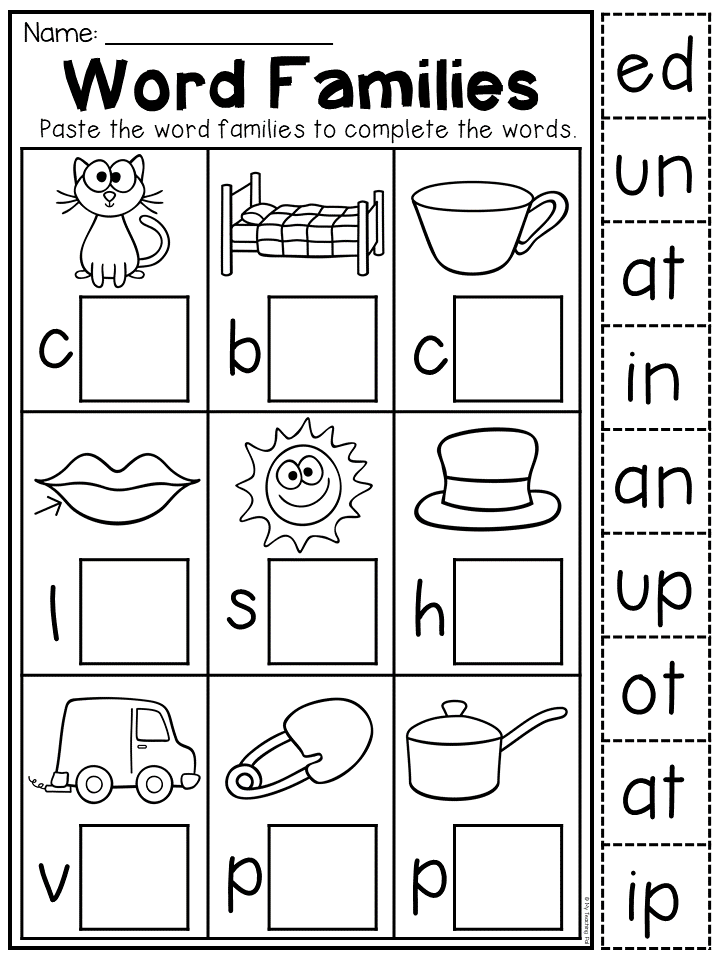
Make Vowels Fun by Having Them Sing It
(Source: YouTube and First Grade O.W.L.S.)
These FREE songs and poems are available for you to teach your kiddos how to sing about their vowels. Making it into a chant, poem, or song always solidifies a student’s learning. And most of all, you make vowels fun!
For more great content on this subject, check out my post for Letter and Short Vowel Interactive Fun.
Join my email list and snag this full ELA product for free!
Subscribe to get my latest freebies, blog post, educational content, and more right to your email list!
When you join, you'll receive this full product from my TPT store in your email!
First Name
Email Address
We use this field to detect spam bots. If you fill this in, you will be marked as a spammer.
We won't send you spam. Unsubscribe at any time. Powered by ConvertKit
You might also like.
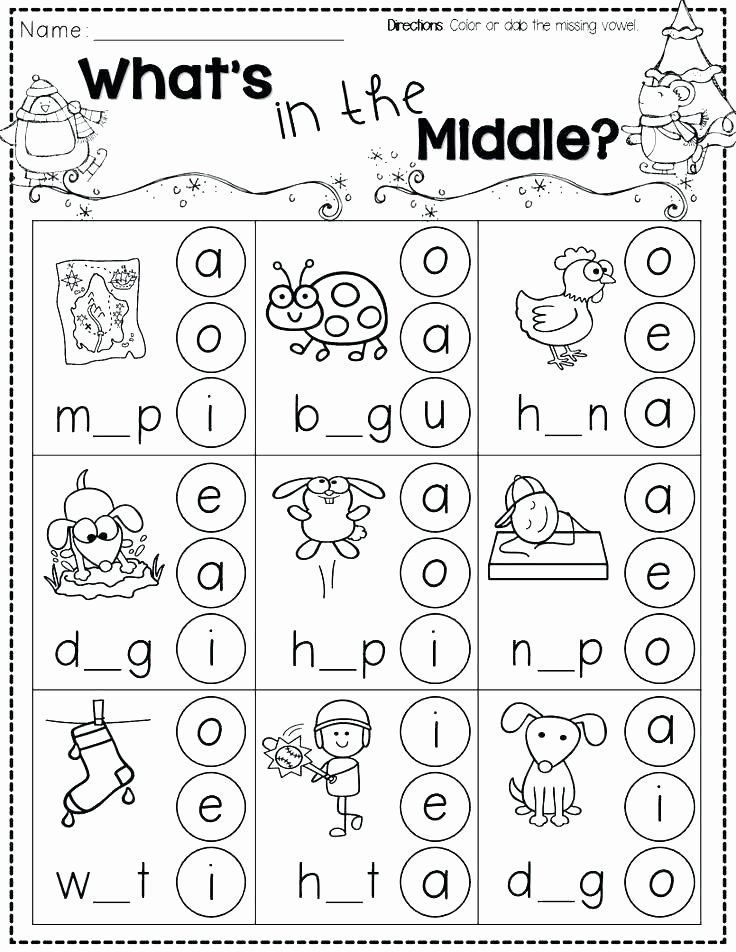 ..
.. 4 Reasons to Use Presentations in Your Science Lessons
Why should we be using presentations in our science lessons? Presentations are an engaging way to get kids excited about science. It allows you to
Read More »
Holiday-Themed Early Finisher Activities
Early finisher activities are a must for the holiday season. Your class is going to have a variety of things going on, like holiday projects,
Read More »
Small Group and Partner Activities for Teaching Text Features
Last week, we talked about whole-group activities for teaching nonfiction text features. Today, I am going to share some lessons and activities for partners and
Read More »
Go on a Fun Vowel Hunt to Build Early Reading Skills
You are here: Home / Activities / Learning / Literacy & ABCs / Go on a Fun Vowel Hunt to Build Early Reading Skills
10 Dec
Learning
Literacy & ABCs
Move & LearnKindergartnersPreschoolersGame
Reading
Scavenger Hunts1 Comment
SHARE POST
Your preschooler will love going on a vowel hunt with you! Build letter sound recognition and boost early reading skills with this low prep scavenger hunt.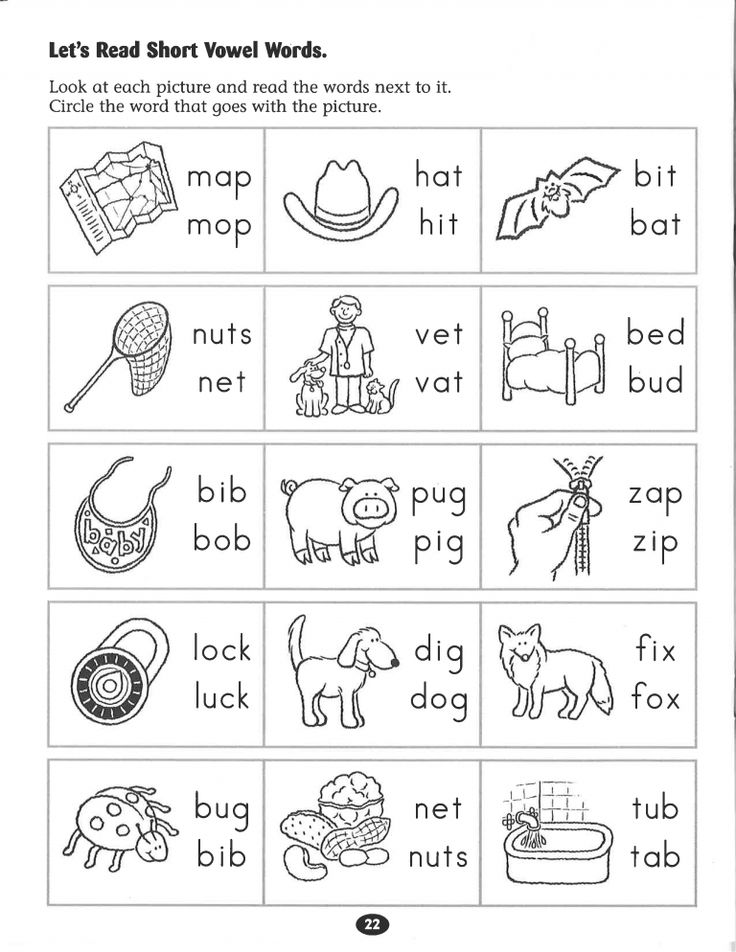
Vowels are the glue that holds words together! Being able to recognize vowel letters is an important early reading skill.
This simple, fun vowel hunt will help your child read sight words and work on decoding letter sounds.
Go on a Fun Vowel Hunt to Build Early Reading Skills
Work on sounding out short three and four letter words with a fun, low-prep vowel scavenger hunt. Your early reader is sure to love this fun game!
Here are 12 Phonics Activities to check out as well!
Before you play this game, make sure your child knows the different vowel sounds — long and short.
Remember, long vowel sounds say the letter’s name. Short vowel sounds are trickier.
If your child isn’t quite there yet, you could focus on sorting words by vowel letter.
For our vowel hunt, we needed:
- Post-it Notes (or pieces of paper and tape)
- Three colors of markers or crayons (black, red, blue)
On your Post-It Notes, write ten different words. Five should have short vowels and five should have 5 long vowels.
Five should have short vowels and five should have 5 long vowels.
Make sure one of each type of word — long vowel and short vowel — has one of each vowel letter.
Pictures can be included on sticky notes as well to help with word recognition. If you go this route, make sure that your words are very clear nouns
Hide the words around the house for your child to hunt and find. Stick the words on the backs of chairs or along the walls.
Be creative! Hide your words in unusual places, too.
Adjust the difficulty of the hiding spots based on the age of your child.
Go on a Vowel Hunt!
Watch the fun as your child runs around searching and hunting for vowel words. My children had a blast!
As they find the words, have them stick them to a designated location, like the sliding glass door or a window.
Build a little math into your vowel hunt. Tell your kids how many words you’ve hidden, then ask them to count the words they find to figure out how many are left.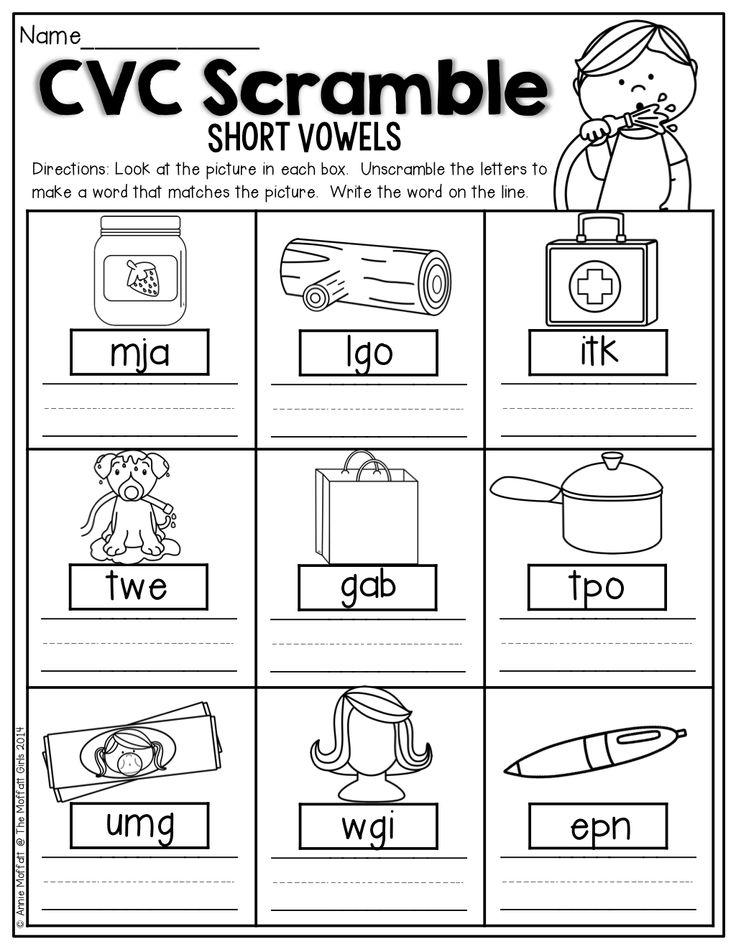
Sort Your Vowel Words By Type
Once all of the ten Post-its or papers have been found and stuck to the door, it’s time to sort by color. Remember, red vowels are long sounds and blue vowels are short sounds.
Click here for an additional math-based sorting activity.
Have your child sort the words based on the color of the vowels. One section for blue vowels and one section for red vowels.
Then read the words in each group. You can read them or challenge your child to give it a try.
Once the words have been read aloud, have your child think about which group of words might be long or short vowels. If they need a hint, remind your child that long vowels say the letter’s name.
Picking out long and short vowels can be tricky for really early readers, so it’s okay to switch it up.
You could invite your child to sort by vowel letters. Make groups for each letter — a, e, i, o, and u.
If the short/long vowel sounds are confusing, stick to just short vowels and three letter words.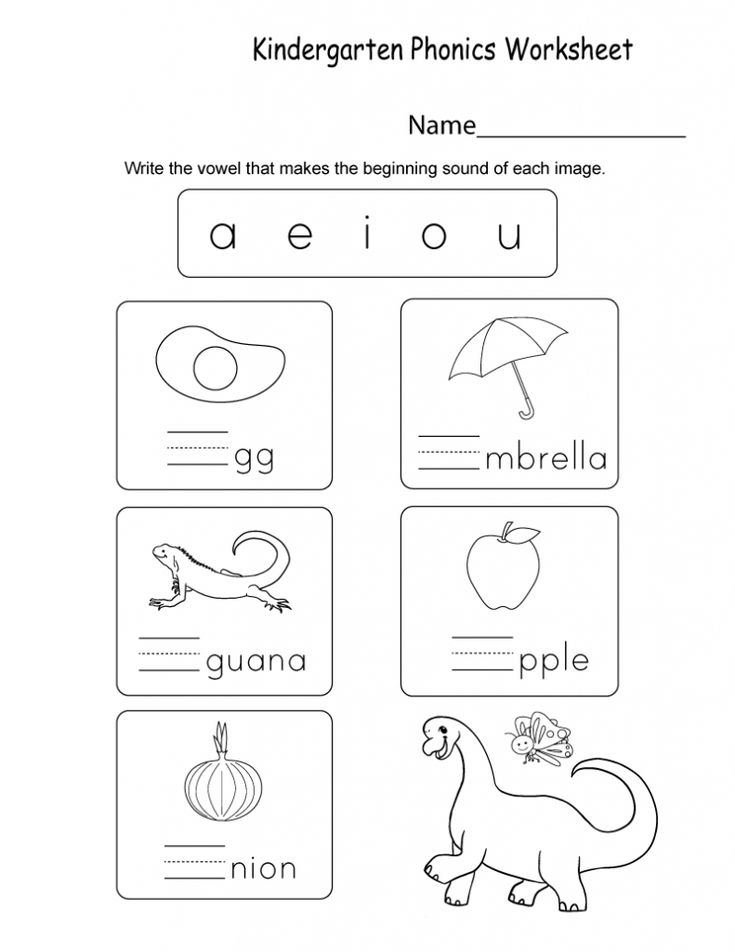 Make more Post-It notes to create bigger letter groups.
Make more Post-It notes to create bigger letter groups.
Another idea is to use sight words that follow different spelling patterns, rhyme, or another type of group. Pull from Fry’s word lists or use lists from your child’s teacher.
Check out these 32 additional scavenger hunt ideas!
This activity is great for those pre-reading skills, getting moving, and having fun learning together.
What are some other reading games that you recommend? Share your favorite ideas in the comments!
SHARE POST
About Alisha Warth
I have raised my children doing activities with them. As a homeschool mom, I am always looking for ways to make our learning fun. I'm honored to be able to contribute my ideas to the awesome site that is Hands On As We Grow.
Reader Interactions
90,000 summary of a lesson on the development of speech on the topic of vowels | Plan-outline of the lesson (senior group): OOD "Development of speech.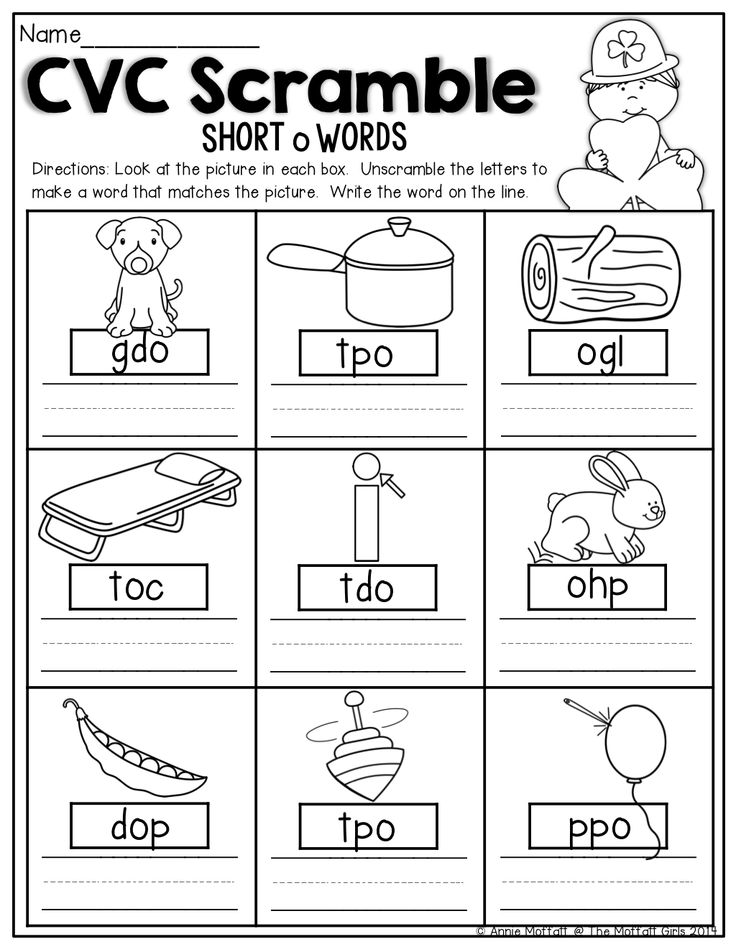
Topic: Vowel sounds.
Type of OOD: practical exercises.
Type OOD: study of new material with elements of the past.
Purpose: to give the concept of vowel sounds, to continue to form the ability to select words for a given sound.
Tasks:
Educational:
to teach to determine the place of a vowel sound in words; practice making up words with vowels
Developing:
- development of visual and auditory attention.
Nurturing: developing the ability to interact with each other.
Teaching methods: visual, verbal, game.
Receptions: explanation, activation of attention, speeches, questions.
Equipment and materials: cards with vowels, red cardboard circles for each child, glove puppet Bear, writing, vowel pictures
HOD OOD
Organizational moment
Educator: Today the Bear came to visit us. And I just know the poem "About the Bear" by Heinrich Sapgir.
My friend Bear couldn't read,
he could roar and roar.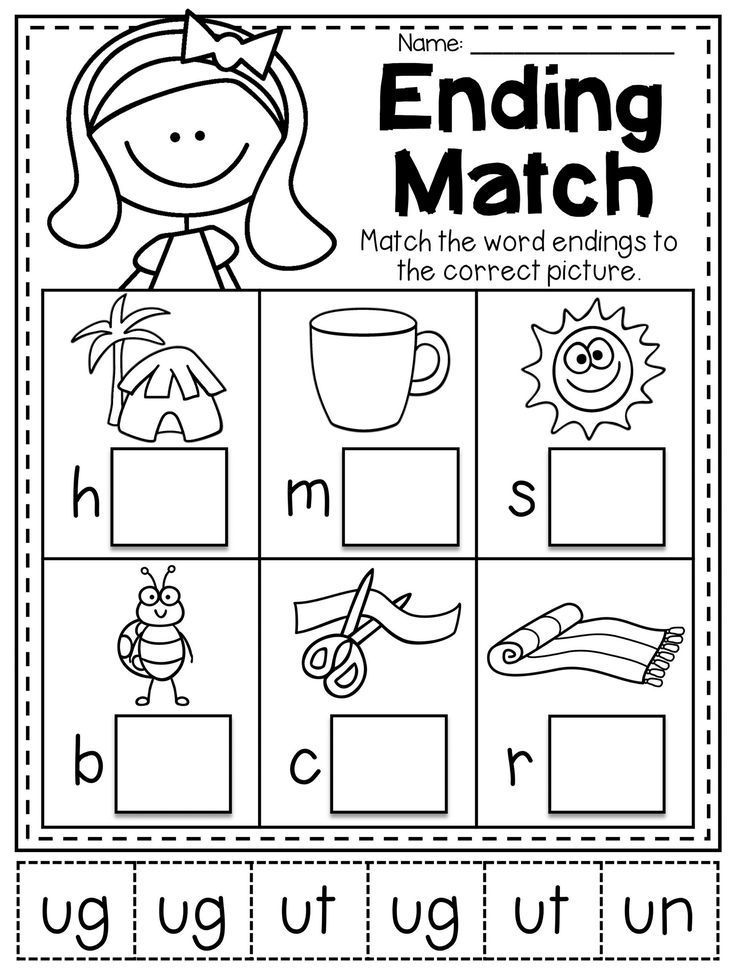
Once a letter came to him, it is unclear from whom.
He said in delight: Oh-oh-oh!
I met Rabbit in the grass, he got up and scratched his head,
he doesn’t know what to say: Uh-uh ...
And he saw Sarapul, my city where I live,
barked in surprise: Woo!
He sang a lullaby to his little son tenderly: Ah-ah-ah!
Well, Mishka had a voice - just a copper pipe.
He roared like the wind, all bears are like that.
In the thicket, three kilometers away from the lair, you can hear: S-s-s!
I said: "If only you could scribble a letter for us with your paw."
Main part
- Oh, E, S, U, A - that's all his words.
- Guys, does the Bear want to check if you know the vowels? Shows a card with a vowel, and the children call it.
The bear saw that you are all smart guys and wants to stay with us again.
- Vowels are always marked in red. Take the red circles and repeat after me:
A - open your mouth wider, don't be lazy and sing louder.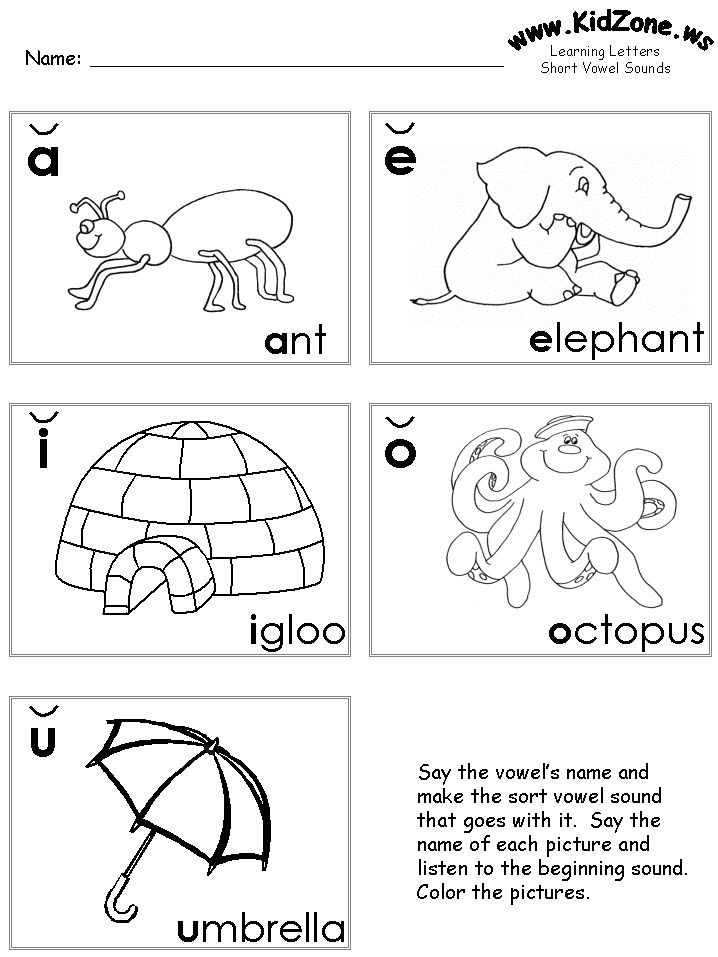
U - capriciously puffed out his lips, he stretched them out like pipes.
O - rounding his large lips, "o" slightly opened his teeth, pulled his tongue deeper, arched his back - o-o-o - sighed.
S - although a vowel, but quiet, he yawns all the time.
E - here, in thoughtful doubt, "e" expresses an opinion:
"uh-uh- I don't know what to say, it might be better to keep quiet.
And - a smile, a merry fellow, he laughs at the bell so that the sound jumps on a wide tongue, like on a saddle.
All: - There is no barrier anywhere for them, we are glad to sing these sounds.
- Guys, you have cards with pictures on your tables, look, they are different for everyone, but the name of each picture begins with a vowel sound. So, lift up those cards that begin with the vowel sound “A” and name your subject in turn, then “U”, “O”, “I”, “E”. Well done!
Exercise “Recognize the sound that I uttered without a voice”
Children should recognize a sound from a series of sounds by silent articulation and pronounce it.
"Listen carefully" game
It is necessary to repeat the sound chain.
AOUI, IAOE, OUIA, YUAO, IUAOA, AOUI.
- Let's look at each other and be surprised (children raise their eyebrows). Let's show that we are happy (children smile). Outside the window is dreary and cloudy weather. Let's look out the window and frown our brows (children frown).
- And now let's repeat:
We know how to be surprised,
We know how to smile,
We know how to frown.
- Guys, now work in pairs. It is necessary to name the parts of the face, in the name of which there is a sound "O". (forehead, nose, mouth, eyebrows) Children determine that in these words the vowel sound is in the middle. Well done.
- I hope the Bear has learned a lot of new things and will quickly solve riddles, and the guys will help him.
Riddles about sounds:
- Sound opens the widest of all….
- Lips draw out the sound with a tube ....
- The lips look like an elongated circle near the sound . ...
...
- The sound has the widest smile…
- The sound opens the mouth and raises the tongue…
- The sound opens the mouth and pulls the tongue back…
Reflection
- It's time for us to say goodbye to the Bear. Well done guys, you did a great job!
Abstract of the lesson on the topic Vowels A, U, O. | Outline of a lesson in teaching literacy (senior group):
Abstract of the lesson on the topic “Vowels “A”, “U”, “O”. Consolidation of the material covered.
Purpose: to consolidate children's ideas about the concepts of "sound", "letter", "word", knowledge is formed about the vowel sounds "A", "U", "O" and their letter designation.
Tasks:
- To consolidate children's knowledge about vowel sounds ("A", "U", "O") and their letter and symbol - a red square.
- Train in the ability to determine the place of a sound in a word (at the beginning, in the middle, at the end of a word).
- Make up words on your own, find given letters in the alphabet.
- By merging 2 sounds, combine them into the words "ay", "wa".
- To consolidate children's understanding of the concepts: "sound", "letter", "word".
- Continue to teach children to divide words into syllables.
- Develop a sound culture of speech, phonemic hearing.
- Cultivate kindness, a sense of gratitude.
Equipment and materials:
3 red squares, printed letters "A", "O", "U", subject pictures, fake fruits and vegetables, 3 plates, hoops, doll, steering wheel, alphabet.
Lesson in progress.
Educator:
- Guys, do you like to travel? And let's go to the country "Alphabet Mania". Do you want to get to where the letters live? Is everyone ready to travel? The bus is waiting for us.
The conductor distributes tickets with the letters “A”, “U”, “O”. Each passenger needs to find their own chair (with the same letter). The driver takes his seat.
Teacher:
- To find out the first stop, say the first sound in the word "Bus".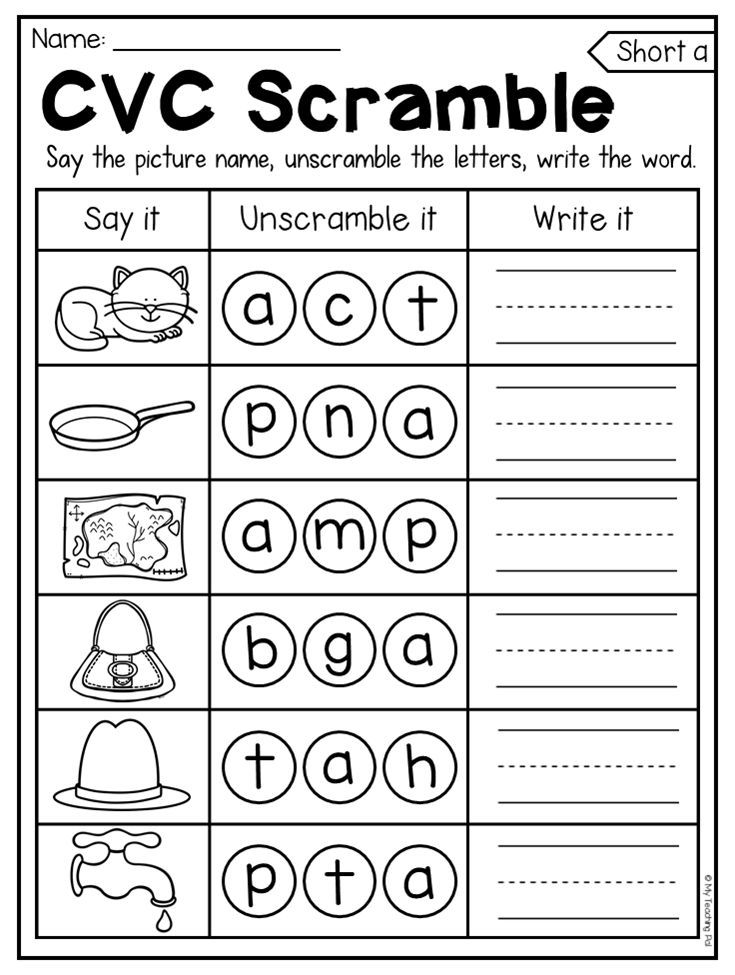 Let's hit the road. The song is bus. Children imitate movements, sing along.
Let's hit the road. The song is bus. Children imitate movements, sing along.
First stop.
Educator:
Riddle:
Two columns diagonally,
And between them is a belt
(letter "A")
- Whose house is this? What letter? What colour is he?
Children: Red.
Educator: Why?
Children: Vowels are marked in red.
The letter "A" appears from the house. Children hold out the sound.
- What is the sound of a vowel or consonant (vowel)? We need to complete the task that the letter has prepared for us.
Where does sound live?
Children alternately find fruits in the pictures, in the name of which they hear the sound “A” at the beginning of the word, in the middle, and at the end (orange, banana, pear).
Educator:
- Guys, look, the letter "A" has prepared another task for us! What do you see in the basket (vegetables)?
To go further, we need to complete the task.
Game exercise: “Put the vegetables on plates” (depending on the syllables: 1 syllable, 2 syllables, 3 syllables).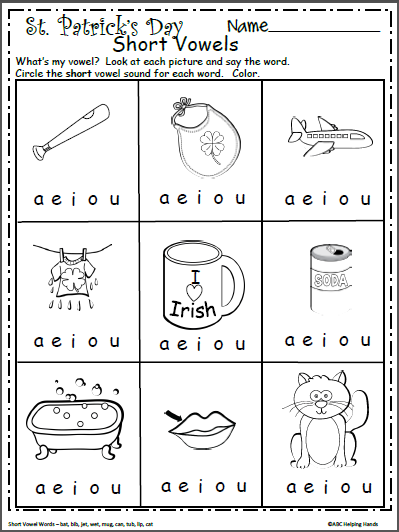 (Onion, garlic, cabbage, tomato, ...)
(Onion, garlic, cabbage, tomato, ...)
Children put vegetables on plates. Other children check with claps.
Educator:
- How many vegetables are in each plate? The letter "A" liked the way we completed the task, and she gives us these gifts to take with her to kindergarten. We'll feed the other guys.
Children go to the bus.
We take our seats and move on. Music sounds.
Second stop.
Guess the riddle:
There is a hollow in an old tree
Well, just like the letter… (“O”).
Educator:
- Which letter house do we see? What colour is he?
Children: Red.
Educator: Why?
- Stretch this sound.
The letter "O" comes out. She also prepared a task for us.
The game “Which word contains the sound “O”. The teacher says the words. Children clap their hands if the sound "O" lives in the word. (Scooter, watch, wasp, sleigh, boots, dog, fox, chair, cloud, beads, elephant)
Educator:
- The letter "O" thanks the guys for the tasks they completed.
Moving on. Children take seats on the bus. Let's move on to the music.
Third stop.
Riddle:
Who is that on the path
Carrying his house on the back (snail)?
- Say the first sound.
The letter "U" comes out. Asks children to come up with words with the sound "U" at the beginning, in the middle, and at the end of the word. (Duck, iron, mustache, fishing rod; bag, dishes, doll; kangaroo, sitting)
Educator:
- What color is the house near the letter "U"? Why?
- It turns out that the letter "A" came to visit the letter "U" (the letter "A" comes in front of the letter "U"). What happened? Children read: "A-U."
- Where did you hear such sounds (in fairy tales).
Demonstration of illustrations for the fairy tale "Mashenka and the Bear".
- The letter "U" prepared a doll for us as a gift. Does the sound "U" live in the word "doll"?
The teacher reads the quatrain:
- I have a girl0002 Round head.